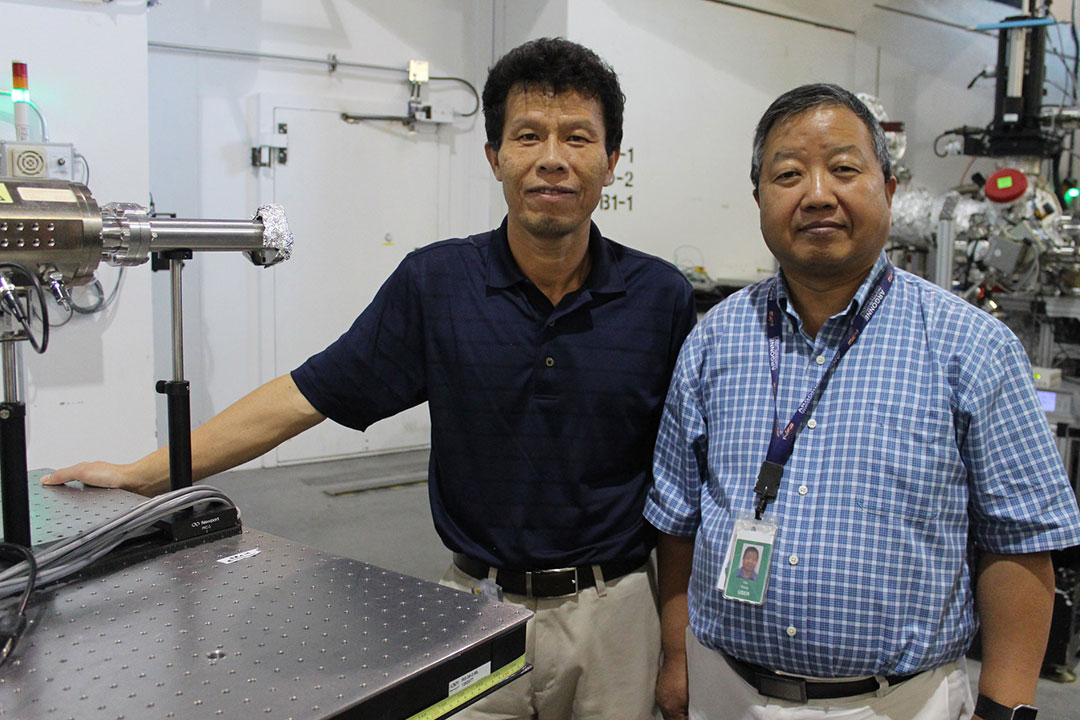CO2 and methane are the most significant greenhouse gases resulting from human activity, said Hui Wang, professor in the Department of Chemical and Biological Engineering at the University of Saskatchewan.
Capturing CO2 and methane emissions from industrial sources and reusing them could reduce the threat on the world’s ecosystem by slowing climate change, said Wang, the principal researcher of a paper published in Catalyst Today.
CO2 and methane can be triggered to undergo chemical reactions with each other to create synthesis gas or syngas. Syngas is a mixture of carbon monoxide and hydrogen, which can be used to synthesize a variety of liquid fuels or ammonia.
This reaction between CO2 and methane, also called ‘dry reforming of methane,’ has not been fully scaled-up for commercial use due to lack of an inexpensive and industrially viable catalyst. Catalysts are used to speed up chemical reactions.
Wang’s research group has patented a technology to make a highly active, stable dry-reforming catalyst from cheap metals including nickel, cobalt, magnesium and aluminum. The current technology provides for making a catalyst in powder form, but the goal of the project is to make the powder form into a sphere-shaped catalyst, which is easier to handle in industrial operations.
To do this, Wang and his research team used commercially available aluminum-oxide spheres and impregnated them with “layers” of the catalyst metals. Several sets of these catalyst balls were made using different techniques to impregnate them with solutions of salt forms of the metals in order to study which technique gave the best results.
The X-ray absorption spectroscopy facility at CLS enabled the researchers to identify, at the atomic level, which procedures for impregnating the spheres created the best characteristics of an industrial catalyst.
“Without the CLS we couldn’t have been able to fully understand this,” Wang said.
The work is an important step toward creating a shaped-catalyst for commercializing the CO2 reforming of CH4 technology.
